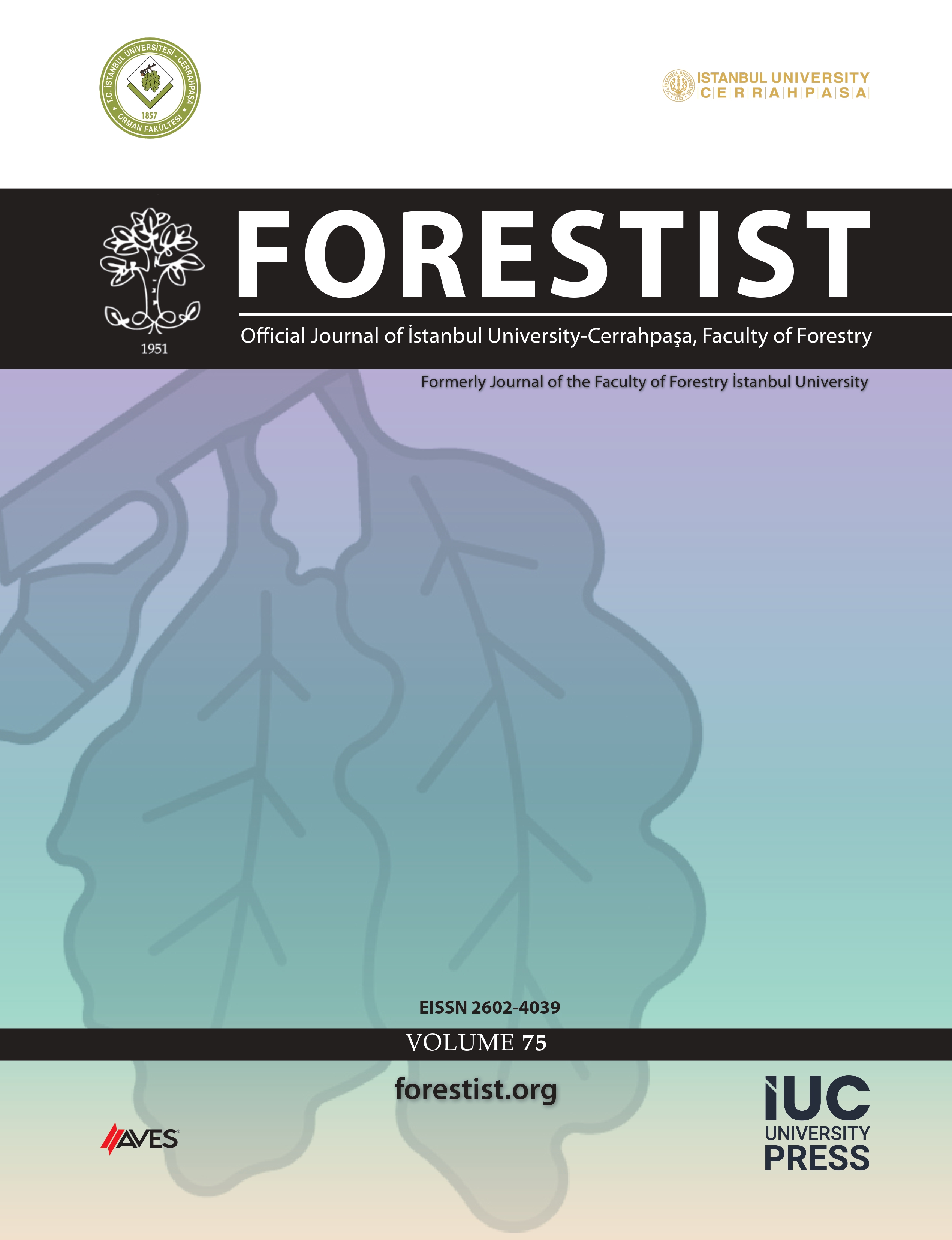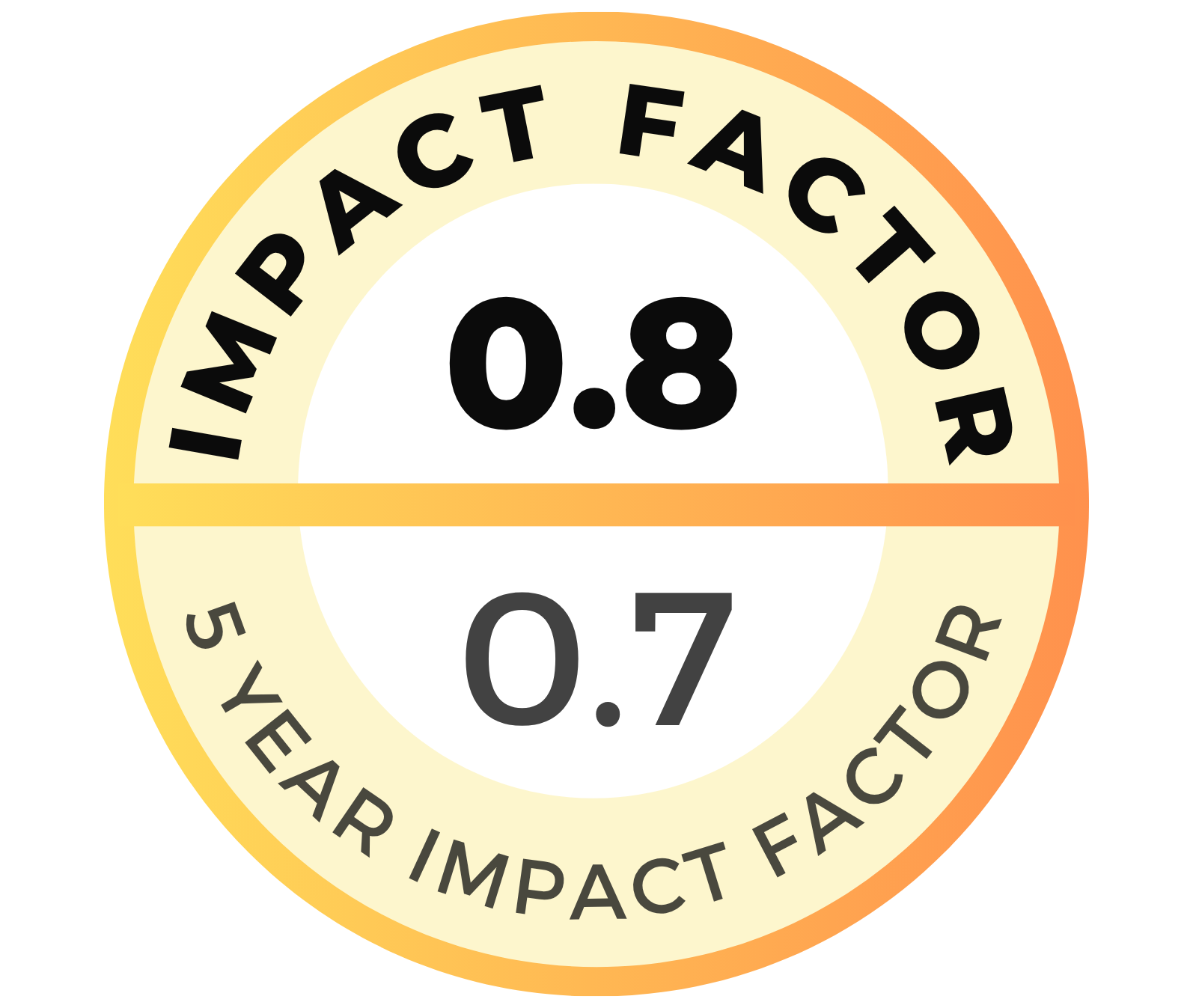Traditional methods for measuring air pollution require specialized equipment, which many African countries lack, as noted in the 2020 World Air Quality Report. Although plants can capture and store air pollutants in their bark, they are often overlooked in pollution assessments, despite the significant health risks posed by air pollution. This study aimed to prove that plants react differently to traffic-generated air pollution by analyzing the spatial behavior of various tree species based on the concentrations of specific chemical elements found in their bark. An investigation was conducted on 254 trees from eight common species: Polyalthia longifolia, Mangifera indica, Terminalia mantaly, Terminalia cattapa, Senna siamea, Ficus benjamina, Lagerstromea speciosa, and Delonix regia in the city of Douala, Cameroon. The Analysis of covariance model was used to establish the association between metal concentrations in the bark and dendrometric parameters of trees. The concentrations of chemical elements in the barks of Terminalia mantaly and Ficus benjamina increased with the vehicle traffic intensity around them, unlike other species. The results reveal an increase in the concentration of Zn, Fe, S, and Cu by 181%, 154%, 112%, and 10%, respectively, from lower (unpolluted) to high traffic roads in Terminalia mantaly. In Ficus benjamina, the concentration of Zn, Fe, S, and Al increased by 157%, 420%, 56%, and 6%, respectively. On the other hand, Terminalia cattapa and Polyalthia longifolia are species that did not yield relevant results. Ficus benjamina and Terminalia mantaly species can be used as an environmetric of air pollution in the studied or similar environment.
Cite this article as: Magloire Fossokeng Mouafo, J., Nana Yakam, A., Priso, RJ., Tanaselia, C., & Petrisor, A. (2025). Chemical accumulation by roadside trees in Douala, Cameroon: implications for biomonitoring of vehicular-borne pollution. Forestist, 75, 0028, doi: 10.5152/forestist.2025.24028.




.png)
